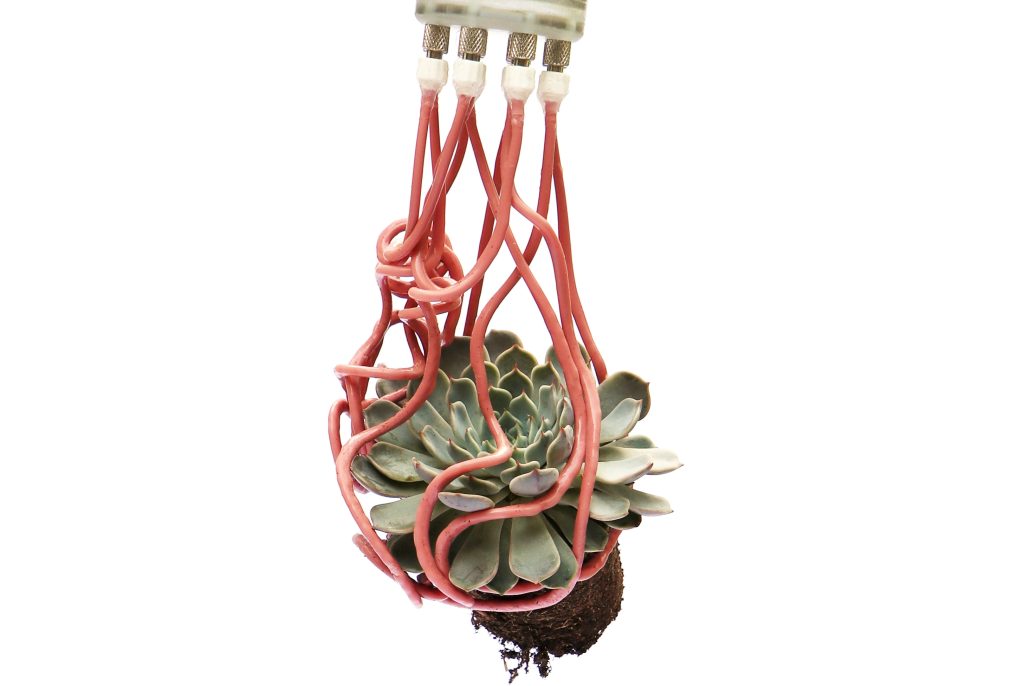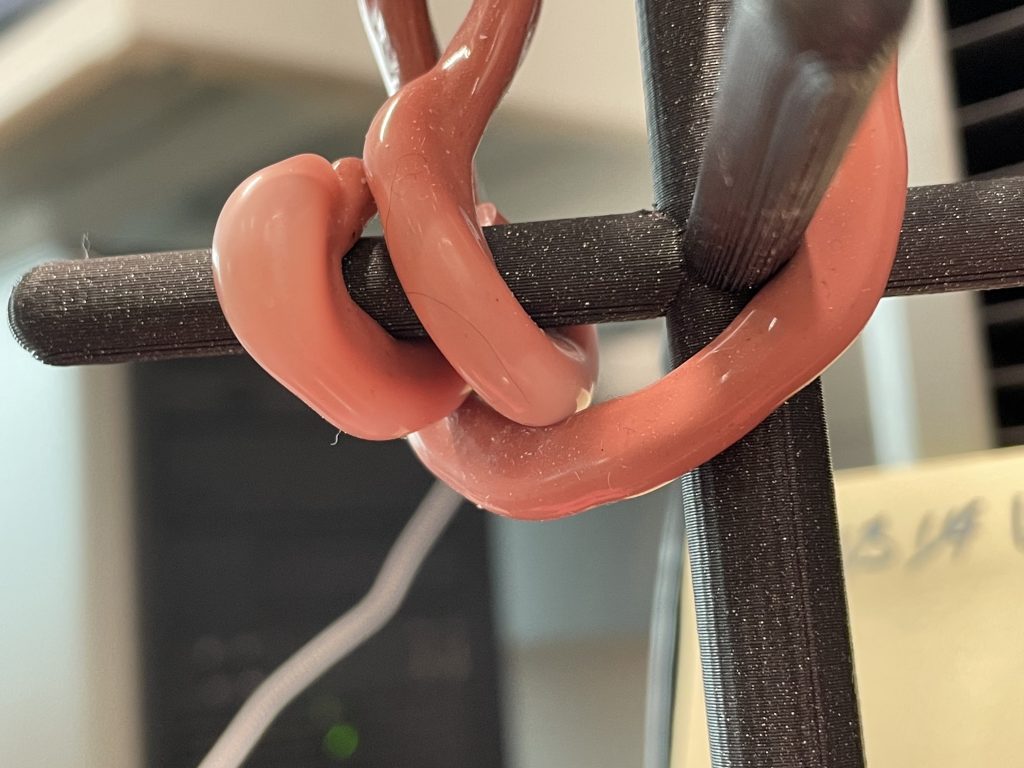By Danny Halpin

A new rubber-tentacled robot could be used to handle anything from fruit and vegetables to endangered coral. Most grippers rely on embedded sensors, complex feedback loops or advanced machine learning algorithms, combined with the skill of the operator. But researchers at Harvard University’s School of Engineering and Applied Sciences (SEAS) in the US have created a new type that uses inflatable tentacles.
Modeled on how jellyfish ensnare their prey, the robotic gripper uses hollow, foot-long filaments made of rubber to entangle itself around objects. As one side of the rubber tube is thicker than the other, it curls like a pig’s tail when inflated and can grip objects without sensing, planning, or feedback control. While to release an object the operator simply deflates the tubes.
Each individual contact is weak, but collectively the filaments are strong, and the researchers say they could handle heavy but fragile objects such as endangered coral or fragile artifacts from sunken ships.
Study first author Dr. Kaitlyn Becker, a postdoctoral fellow at SEAS, said: “With this research, we wanted to re-imagine how we interact with objects.
“By taking advantage of the natural compliance of soft robotics and enhancing it with a compliant structure, we designed a gripper that is greater than the sum of its parts and a grasping strategy that can adapt to a range of complex objects with minimal planning and perception.”
Dr. Becker and colleagues used simulations and experiments to test the gripper by picking up a range of objects including various houseplants and toys. The team said the gripper could also be used to pick up soft fruit and vegetables for agricultural production and distribution, delicate tissue in medical settings and even irregularly shaped warehouse objects like glassware.
Dr. Becker said her work combines that of Professor Lakshminarayanan Mahadevan on the topological mechanics of entangled filaments with Professor Robert Wood’s research on soft robotic grippers.

Mahadevan said: “Entanglement enables each highly compliant filament to conform locally with a target object leading to a secure but gentle topological grasp that is relatively independent of the details of the nature of the contact.”
Wood, who is also the co-corresponding author of the paper, added: “This new approach to robotic grasping complements existing solutions by replacing simple, traditional grippers that require complex control strategies with extremely compliant and morphologically complex filaments that can operate with very simple control.
“This approach expands the range of what’s possible to pick up with robotic grippers.”
The development was described in the journal Proceedings of the National Academy of Sciences
Produced in association with SWNS Talker.
Recommended from our partners
The post Harvard Scientists Build Wild Rubber-tentacled Robot appeared first on Zenger News.

